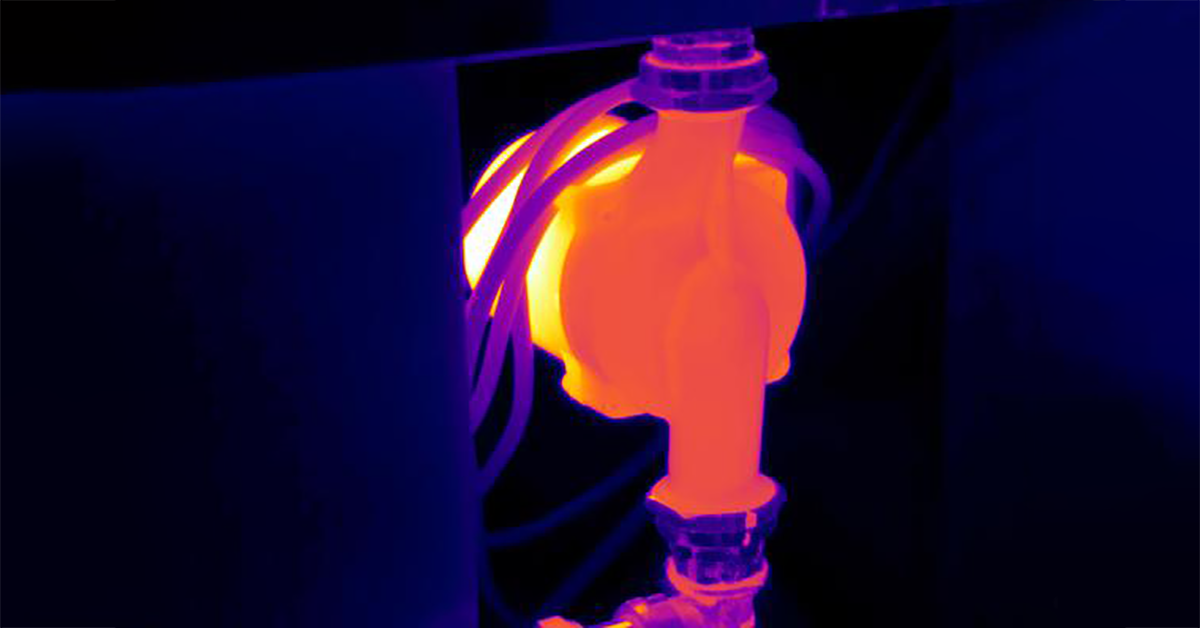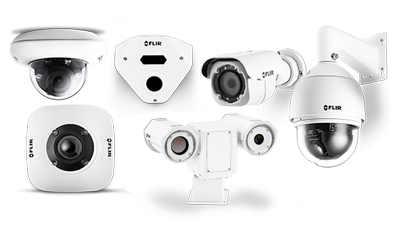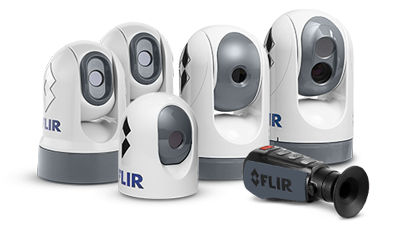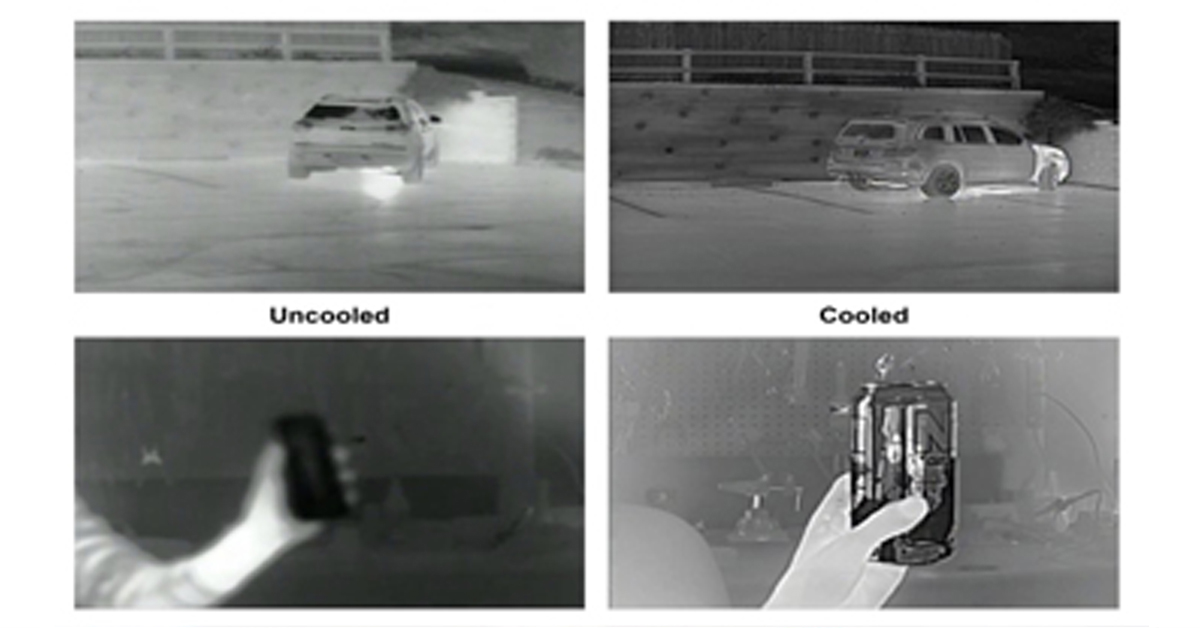
Advantages of Virtual Barrier Video Analytics for Perimeter Security Systems
Advantages of Virtualized Barrier Video Analytics for Perimeter Security Systems
Artificial intelligence (AI) and machine learning have revolutionized perimeter security by leveraging video analytics. Highly sensitive motion-based analytics, capable of detecting micro-scale movements at impressive distances, have been widely adopted in perimeter systems deployed at critical infrastructure sites. However, today, FLIR Virtual Barrier video analytics offer even greater benefits to customers by enhancing detection sensitivity, classification accuracy, target geolocation, and resilience against false alarms. This technical note will discuss the strategic value of Virtual Barrier analytics in perimeter intrusion detection systems (PIDS) and its specific performance advantages compared to motion-based analytics.
Definition of Motion-Based Analytics
At the beginning of the 2000s, the use of video analytics in analog-based surveillance systems led to a significant paradigm shift in the security industry. The pixel-based motion detection technologies of that era triggered alerts based on the percentage of pixel changes within predefined screen boundaries. This innovation enabled systems to run motion detection algorithms using embedded hardware. As a result, these systems could instantly transmit detection alerts, operating at the edge while avoiding network bandwidth or latency issues.
Motion-based analytics algorithms generally function in three main steps: Background Initialization, Foreground Detection, and Foreground Processing. These steps allow systems to accurately detect and analyze moving objects.
First, the system creates a reference frame by establishing the background based on previous images. Second, it compares the current frame with the background frame and determines that any difference between them must be motion. In the third step, pixels marked as in motion are filtered to remove irrelevant causes and processed to generate intrusion alarms.While these motion-based methods can be highly sensitive in detecting threats, they require significant calibration and configuration to minimize false alarms in real-world environments. Even when properly calibrated, certain conditions can still cause false alarms. Environmental noise (such as swaying trees, camera shake, shadows, or reflections) is a major contributor to these false alarms. Another challenge arises with objects that remain stationary for a period or appear motionless when moving along the camera's axis from a long distance. These targets are then absorbed into the background image and become undetectable.These limitations of motion-based analytics technology can be costly for security personnel and set the stage for the next generation of video analytics powered by neural networks.
Definition of CNN Video Analytics
Virtual Barrier video analytics is based on convolutional neural networks (CNNs). This video analytics technique is designed to mimic neurobiological systems and can detect and classify objects within an image.
Traditional systems rely on motion detection to determine the location of a potential object. Any moving target is processed through a series of filters to assess whether it poses a threat. However, it is impossible to account for every real-world scenario, meaning that some level of false alarms is always possible. CNN-based video analytics used in Virtual Barrier address this issue by allowing the algorithm to automatically determine which features and filters are most relevant for identifying and classifying the desired object.Building such a system begins with manually analyzing tens of thousands of images to determine the position and classification of objects of interest. These images are then used to train the neural network through an iterative learning process. Unlike other CNN-based systems, Virtual Barrier analytics does not use publicly available datasets commonly employed by other systems. Instead, it exclusively utilizes Teledyne FLIR datasets specifically tailored to security applications. This approach not only further reduces false alarms but also ensures accurate detection of all potential threats.
Comparison of Virtual Barrier and Motion-Based Analytics
Understanding the differences between Virtual Barrier analytics and motion-based analytics is essential when choosing between the two models. Virtual Barrier analytics is a solution that is easy to calibrate and provides reliable detection with minimal false alarms. It also supports geolocation for dwell detection and visualizing threats on a dynamic map. Motion-based analytics typically offer longer detection ranges than Virtual Barrier analytics but are more prone to false alarms. Below is a breakdown of the key benefits that Virtual Barrier analytics can bring to your security system.
Robust Classification
Supported by a rich library of thousands of images, Virtual Barrier analytics is trained to classify objects even in real-world conditions where targets are slightly obscured or difficult to identify. For example, the FLIR FH-Series ID detected 15% more threats than motion-based analytics across 100 unique scenario examples.
In terms of classification range, there is a notable trade-off between motion-based analytics and Virtual Barrier analytics. Since Virtual Barrier analytics requires more pixels than motion-based analytics for classification, its classification range is slightly reduced. The classification range of the FLIR FH-Series ID is approximately 20% shorter compared to the FLIR FC-Series ID.
False Alarm Reduction
One of the greatest advantages of Virtual Barrier analytics is its ability to reduce false alarms. Since Virtual Barrier analytics does not use motion as an input for detection, it is far less likely to trigger alarms due to noise sources such as swaying leaves, camera shake from wind, or wildlife.
In fact, across 100 unique scenario examples, these analytics have been shown to reduce false alarms caused by extreme weather conditions, animals entering the frame, and camera shake by 60%. This is a significant advantage, as false alarms remain one of the most costly operational challenges faced by security personnel today.
Geolocation for Target Tracking

FLIR Virtual Barrier analytics supports the geolocation of targets within a scene. This means that the analytics can determine each target’s location, speed, and direction, transmitting this information as metadata to video management software (VMS) or other systems. As shown in Figure 4, geolocation data can be seamlessly visualized on a dynamic map, providing security personnel with enhanced situational awareness of potential threats around their facility. Additionally, the geolocation data provided by the analytics can be effectively used to position a PTZ camera for a more detailed assessment of a target.
Detects Stationary Objects
Unlike motion-based analytics, Virtual Barrier analytics models support dwell detection and can identify and classify objects regardless of movement. Motion-based analytics can only detect targets while they are in motion, making Virtual Barrier analytics uniquely advantageous over background subtraction-based systems.
Designed for the Future
Virtual Barrier analytics will continue to evolve to meet both current and future perimeter intrusion detection needs in critical infrastructure. Teledyne FLIR remains committed to expanding its image libraries and introducing new features through field updates to continuously enhance classification accuracy. Security directors can confidently deploy cameras embedded with FLIR Virtual Barrier analytics as a reliable solution for both present and future security challenges.
Key Highlights
Virtual Barrier analytics is specifically designed to enhance threat detection, providing greater accuracy and critical situational awareness during perimeter monitoring and response while minimizing false alarms. Built for continuous improvement, these analytics are developed to remain aligned with the evolving landscape of perimeter security technologies and threats.
To learn how Virtual Barrier analytics can strengthen your perimeter security, contact your local Teledyne FLIR representative today.
Blog Posts

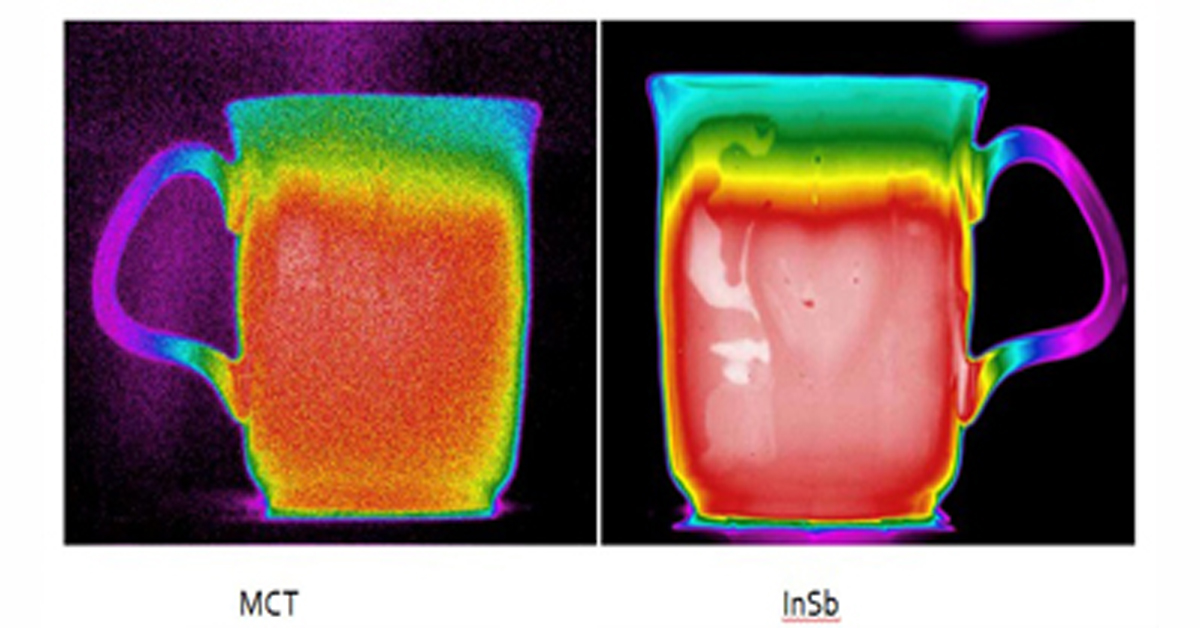
Thermal Camera Selection
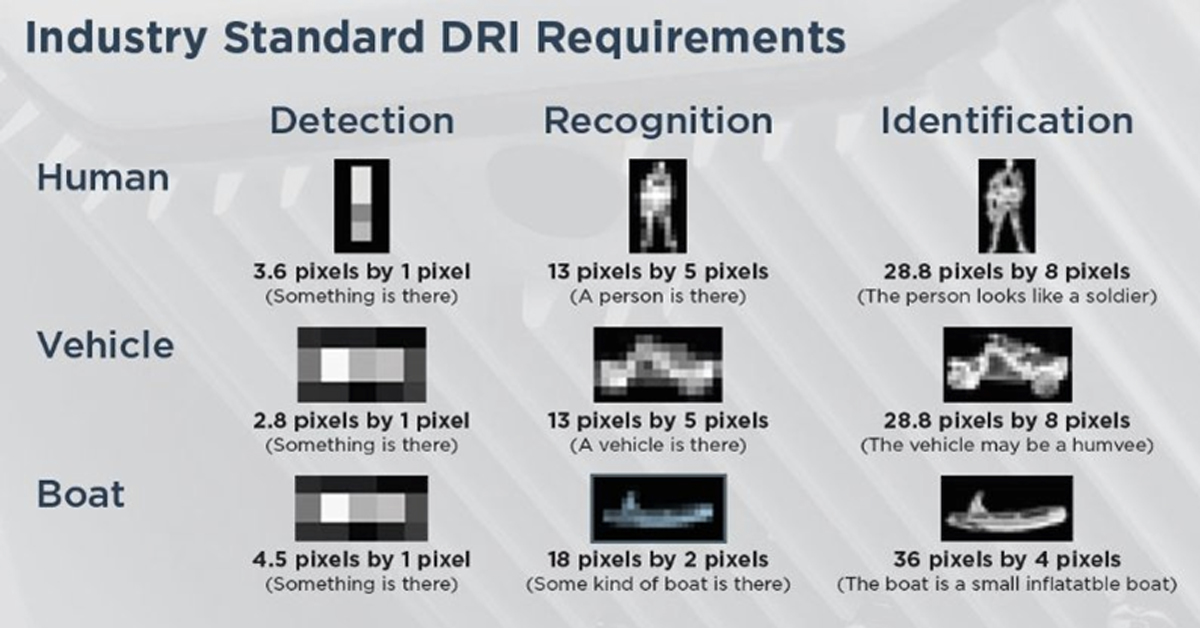
How Far Can I See?
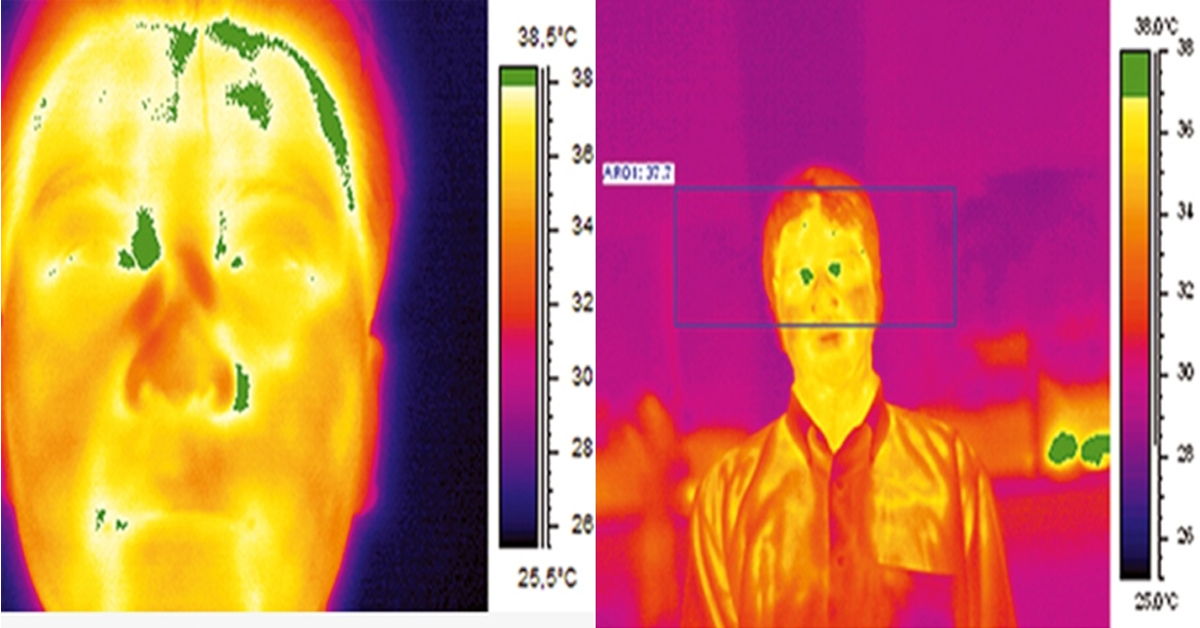
How Should Human Temperature Be Measured?
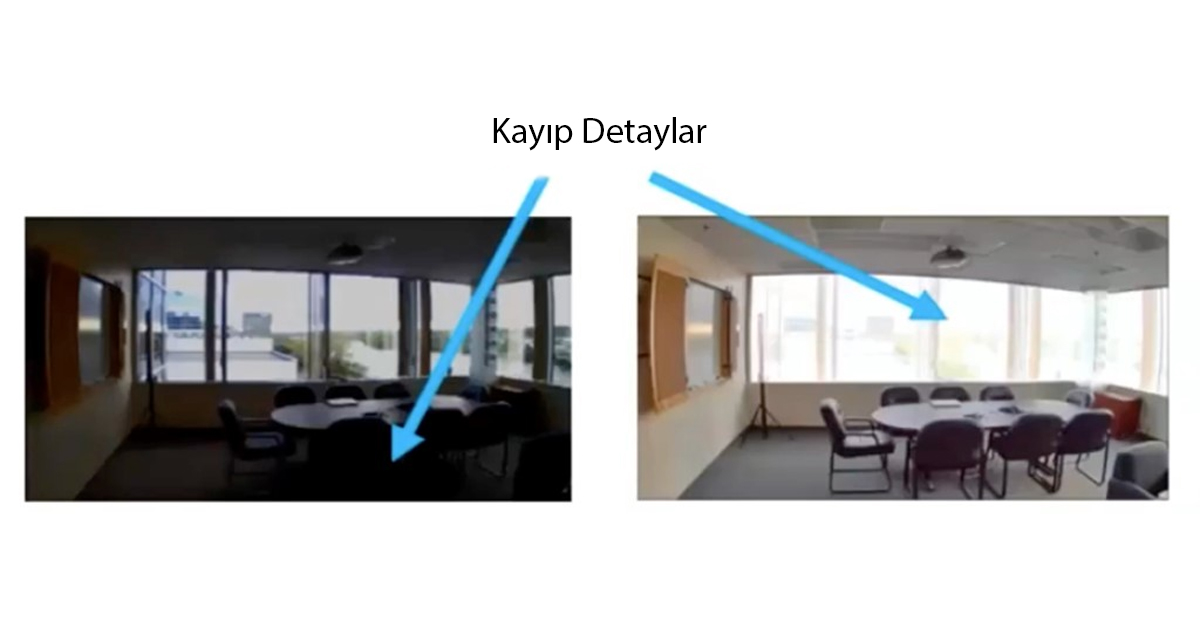
What is Wide Dynamic Range?
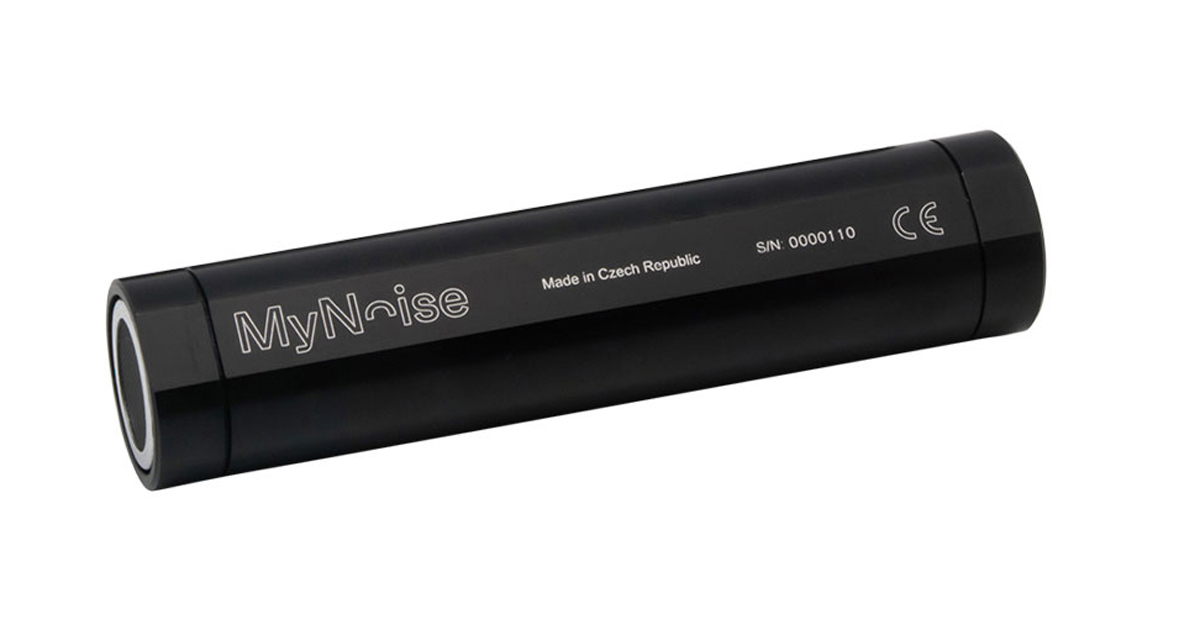
MYNOISE AUDIO MIXER REVIEW

WHAT IS A WIRELESS DISTRIBUTION SYSTEM?

POE VS. POE+ VS. POE++: CHOOSING THE RIGHT INDUSTRIAL ETHERNET SWITCH FOR YOU

INDUSTRY-LEADING INDUSTRIAL ETHERNET SWITCHES

UNDERSTANDING WHAT THE INDUSTRIAL INTERNET OF THINGS IS
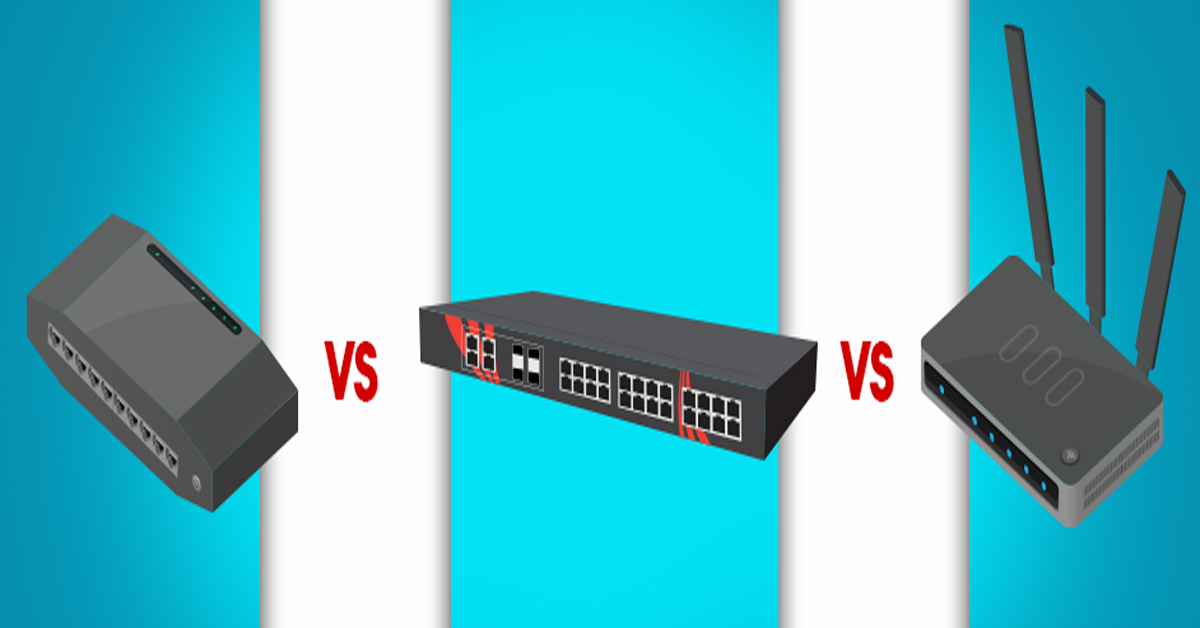
THE DIFFERENCE BETWEEN A HUB, SWITCH, & ROUTER
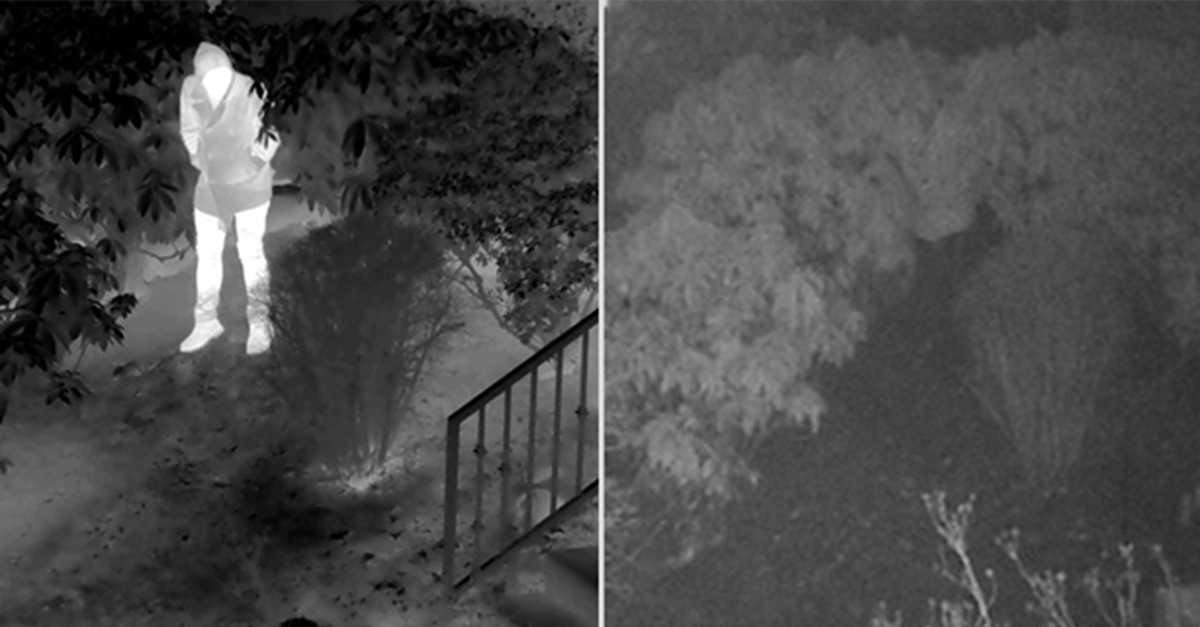
5 Benefits of Thermal Imaging Cameras

DIFFERENCE BETWEEN INDUSTRIAL ETHERNET AND REGULAR ETHERNET

INDUSTRIAL NETWORKING EQUIPMENT USED FOR AUTONOMOUS VEHICLES

CYBERSECURITY: PROTECTING INDUSTRIAL CONTROL SYSTEMS
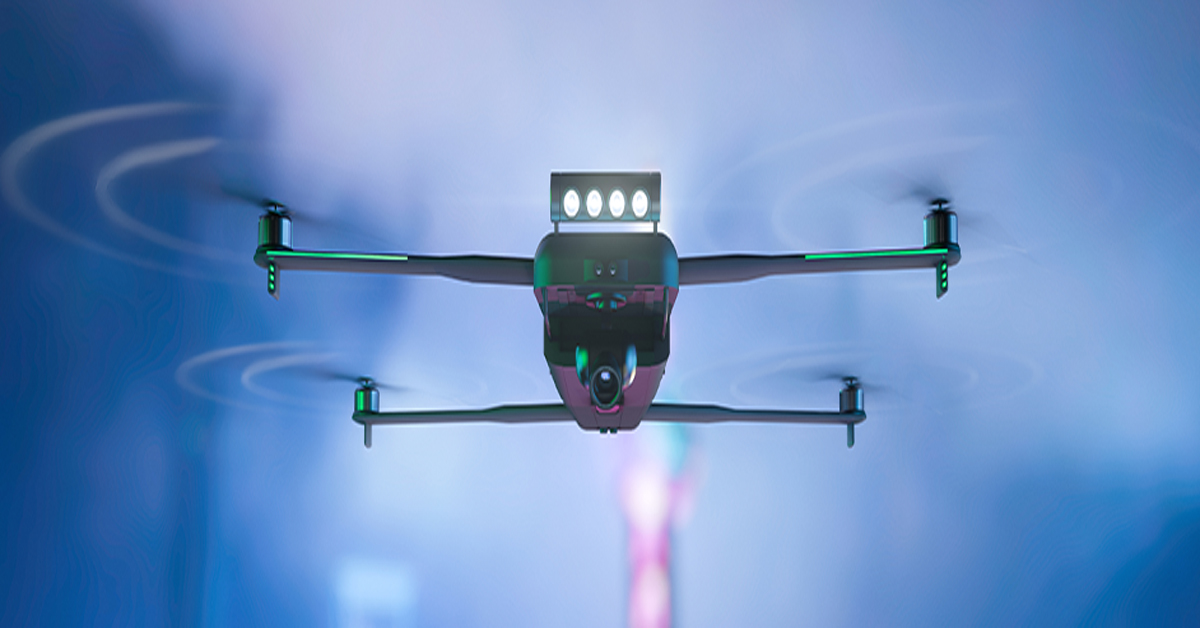
HOW INDUSTRIAL NETWORKING CAN PROVIDE SECURITY FROM DRONES
.webp)
Thermal Cameras Reveal How to Keep Your Home Cool During a Heat Wave
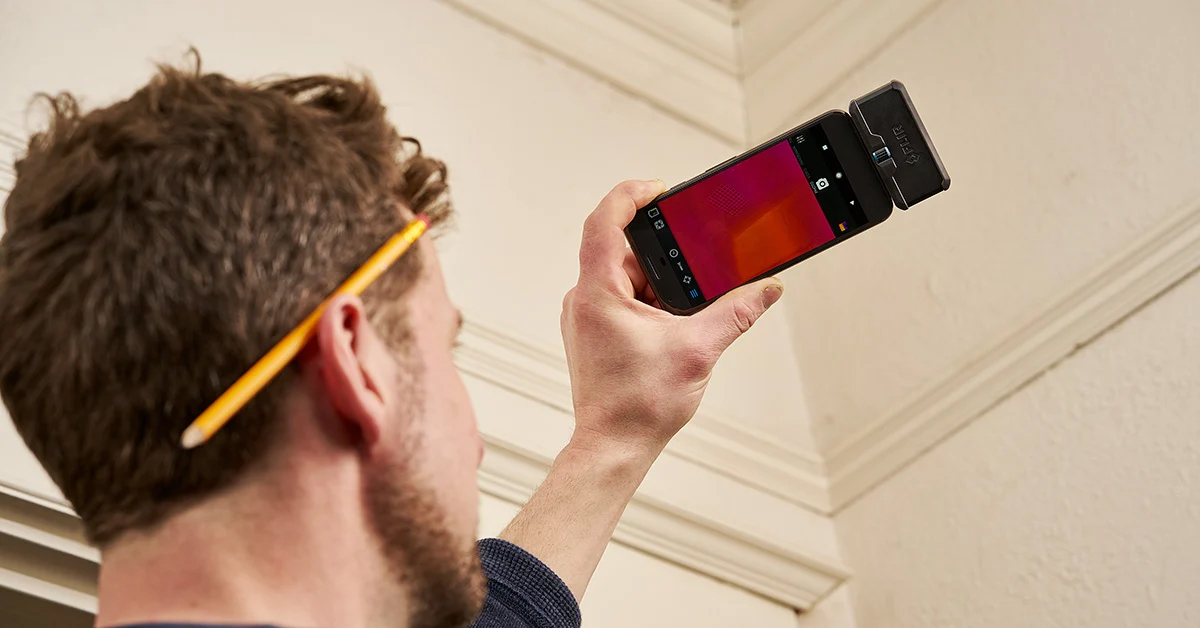
FLıR ONE PRO
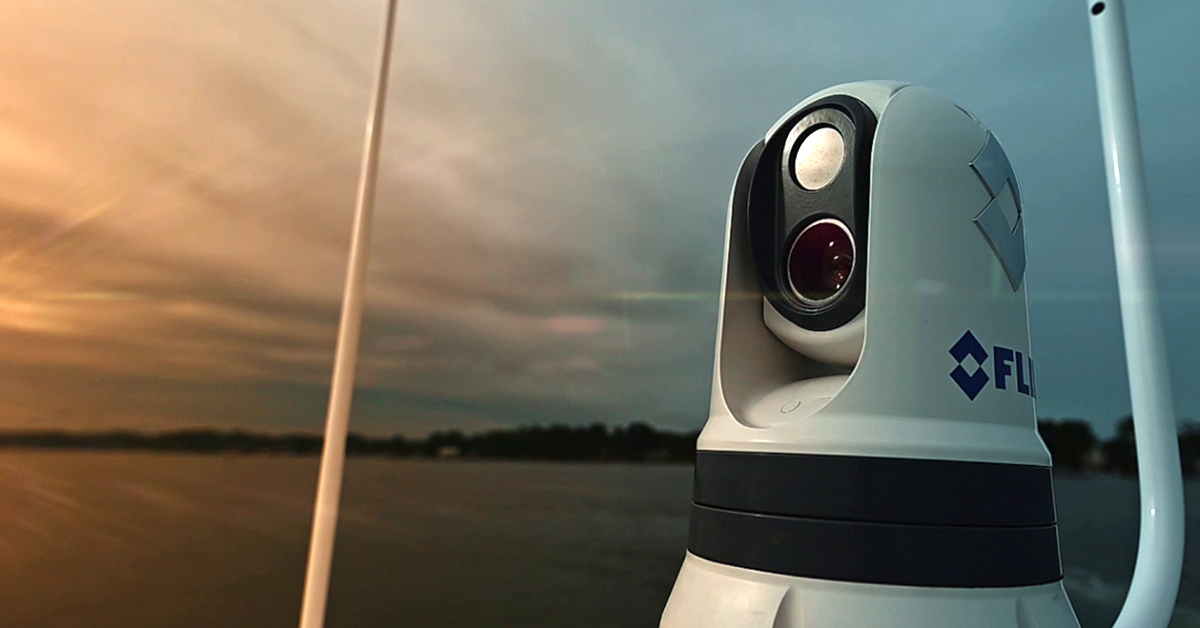
On the Water with the FLIR M364C

Unmatched Maritime Awareness with Cooled Thermal Imaging
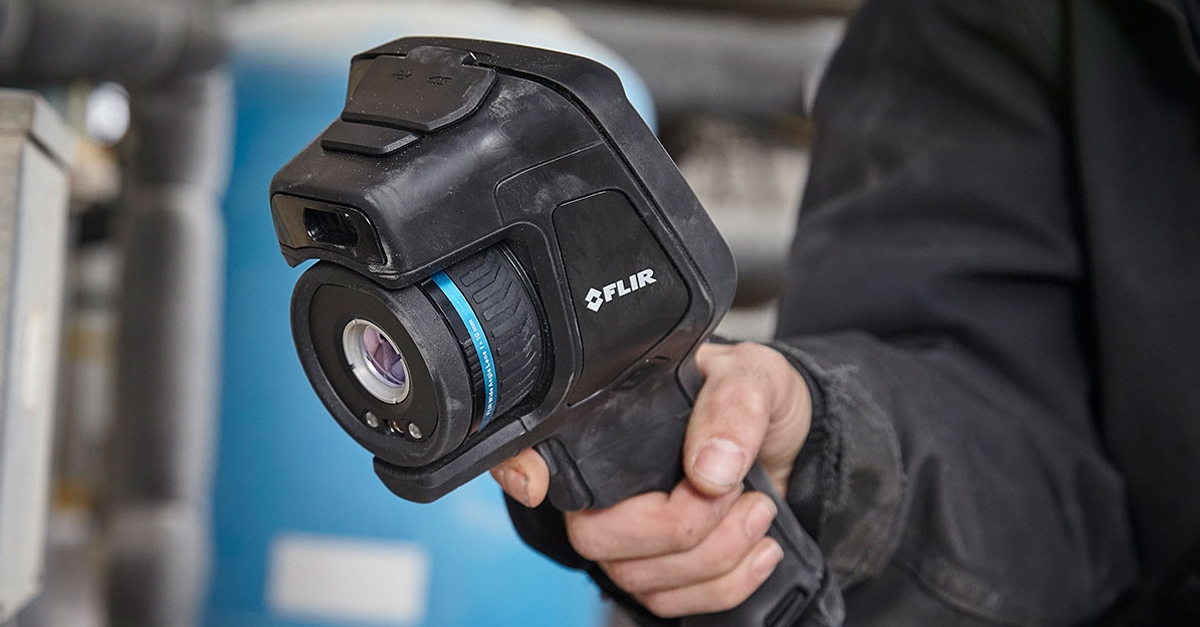
What Is the Right Handheld Thermal Camera for You?

Camera Resolution and Range

Special Applications for Marine Cameras
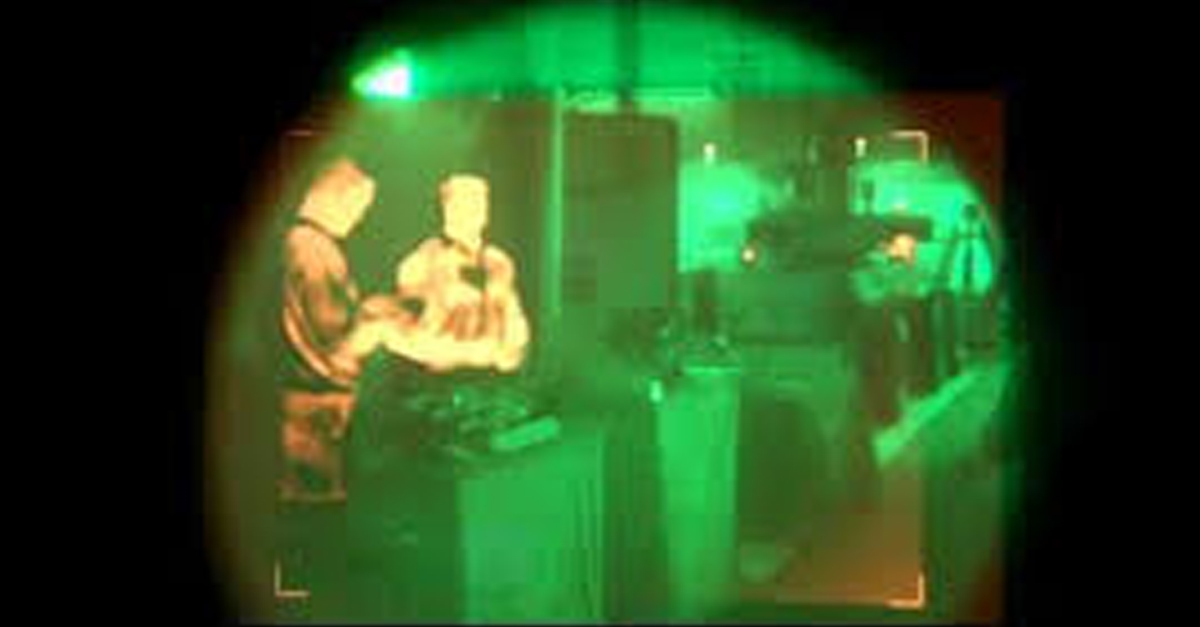
What’s The Difference between Thermal Imaging and Night Vision?

Can Thermal Imaging See Through Fog and Rain?
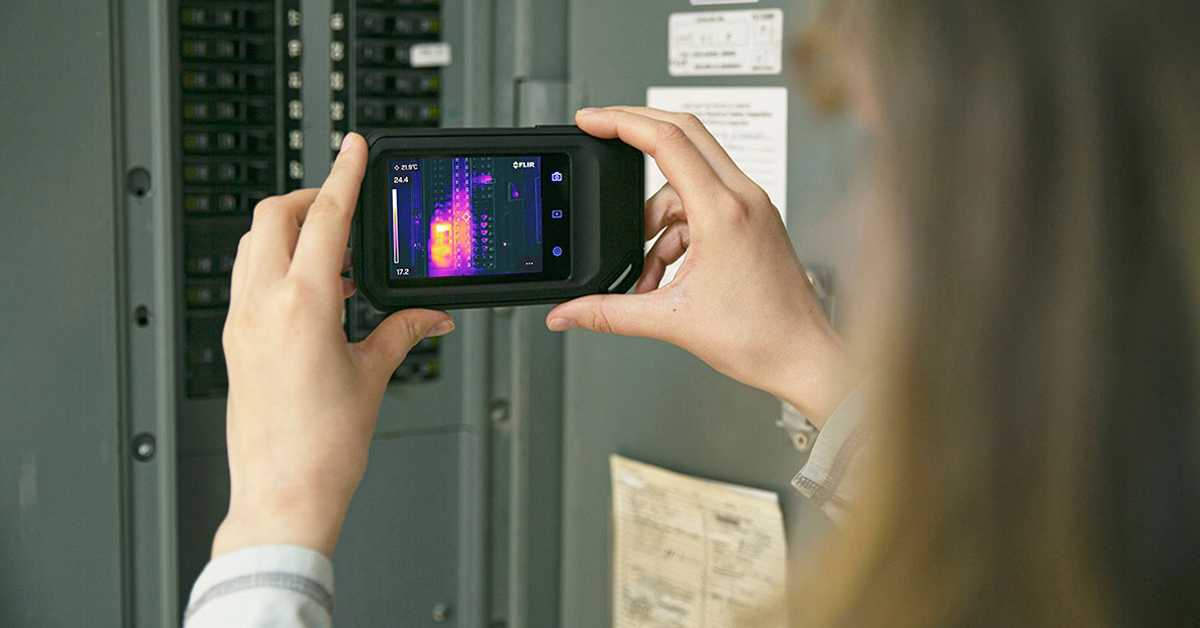
Which Cx-Series Camera Is Right for You?
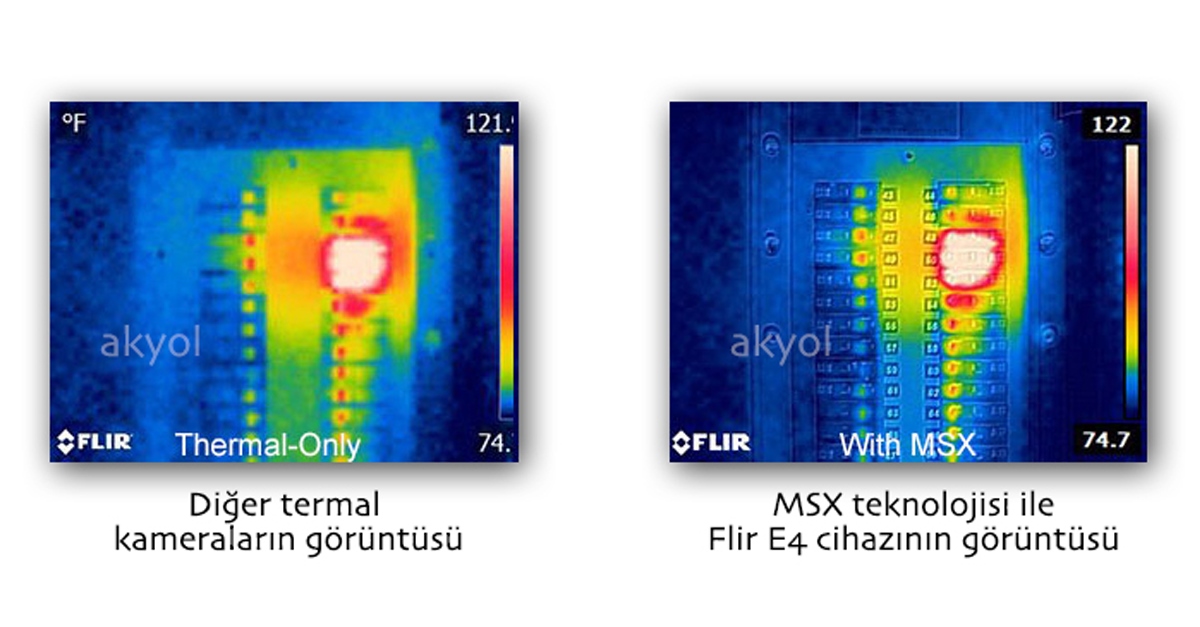
What is MSX®?

Five Reasons Maritime First Responders Need Thermal Imaging
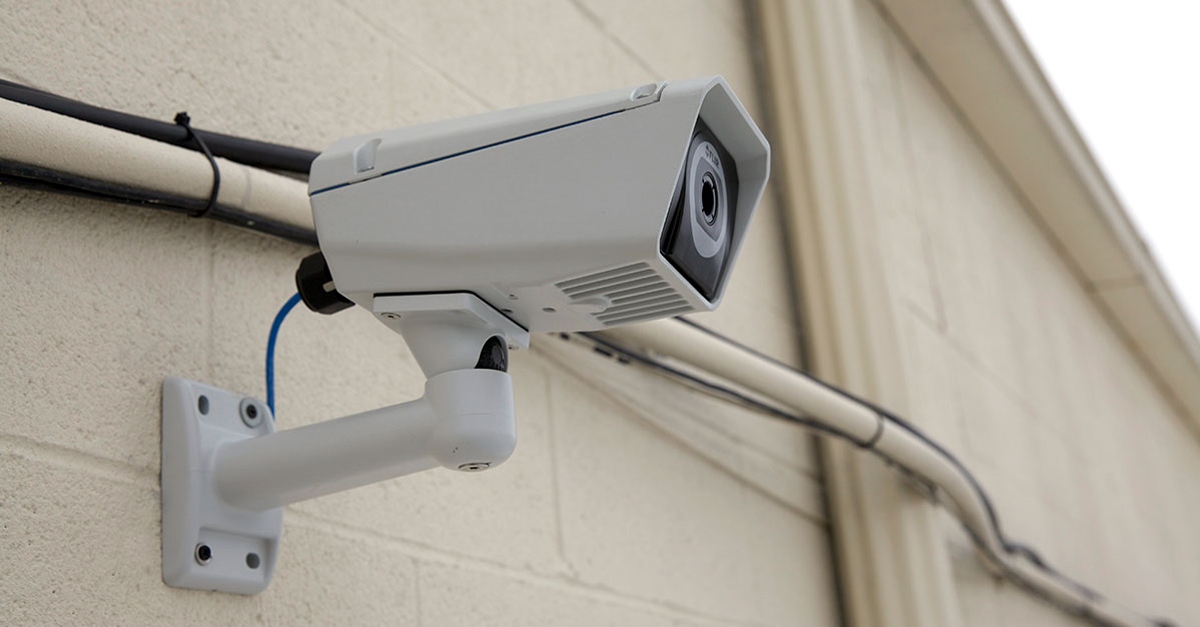
3 Distinguishing Features of Superior Thermal Cameras
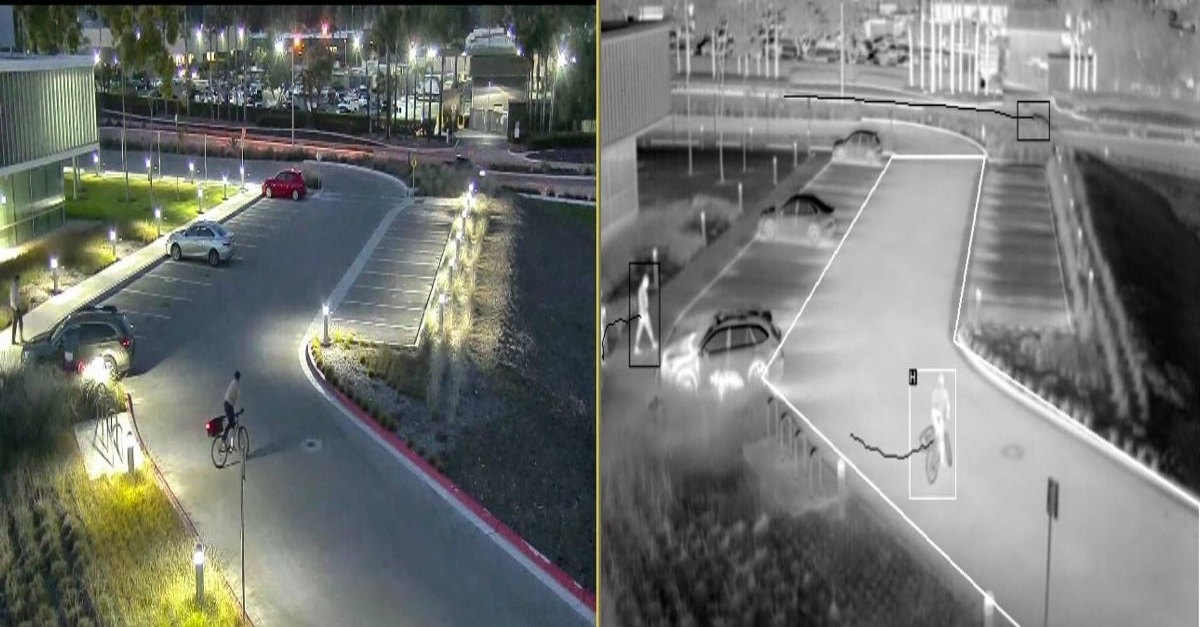
Determine Which Visible and Thermal Security Cameras You Need
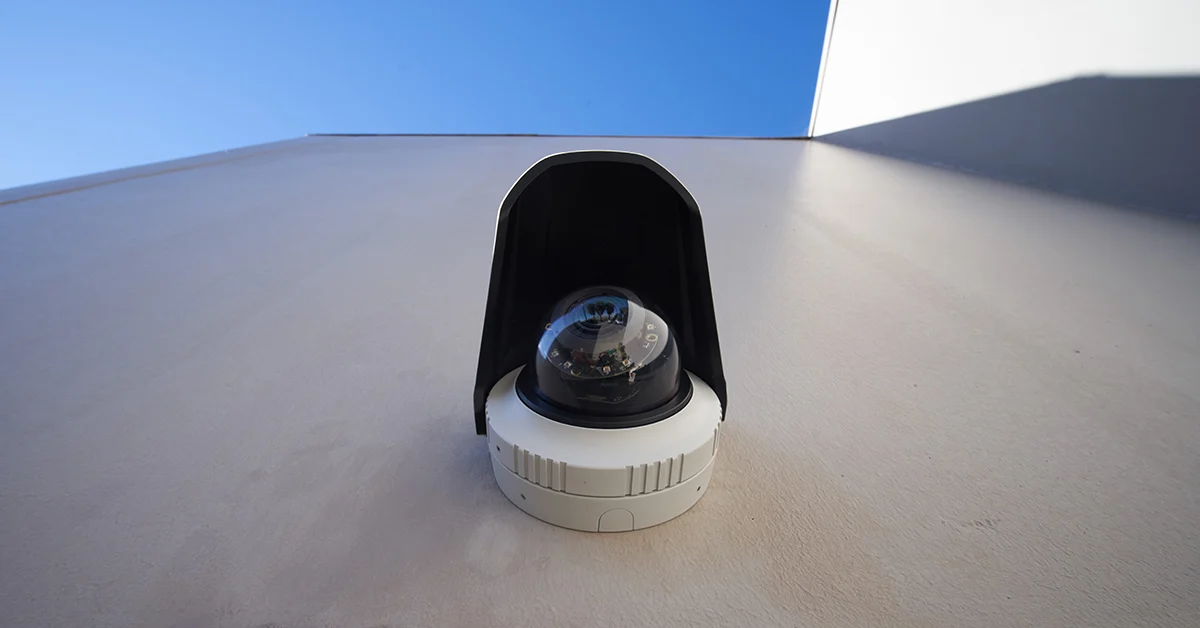
Bullet vs. PTZ vs. Dome: Which Security Camera Is Right for You?
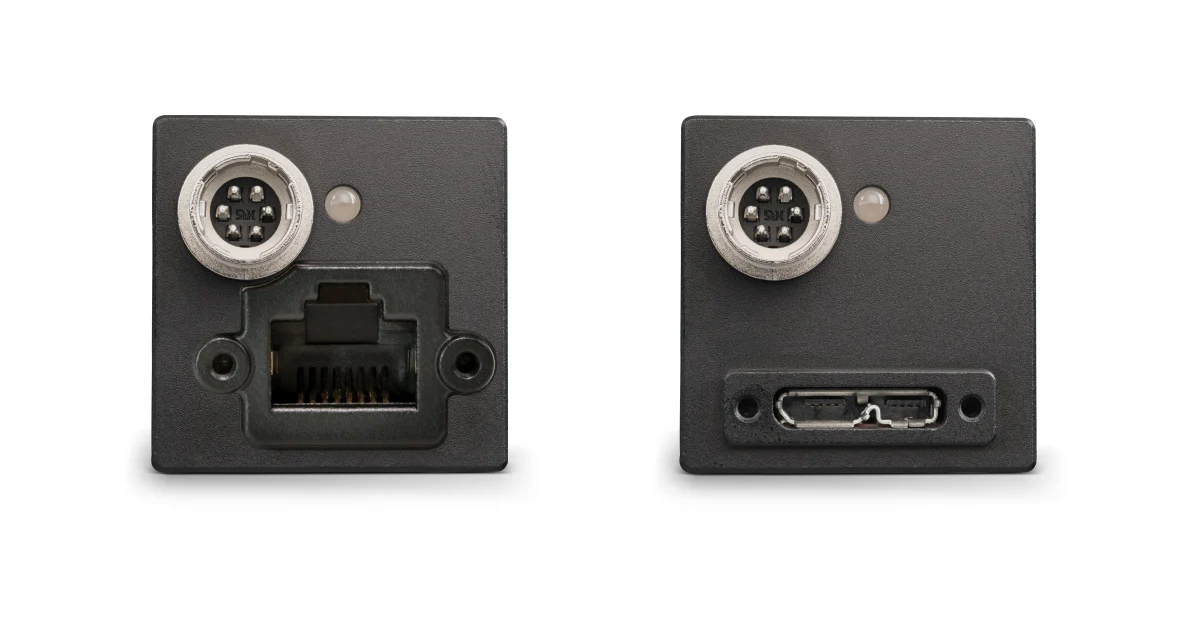
Interfaces for Machine Vision
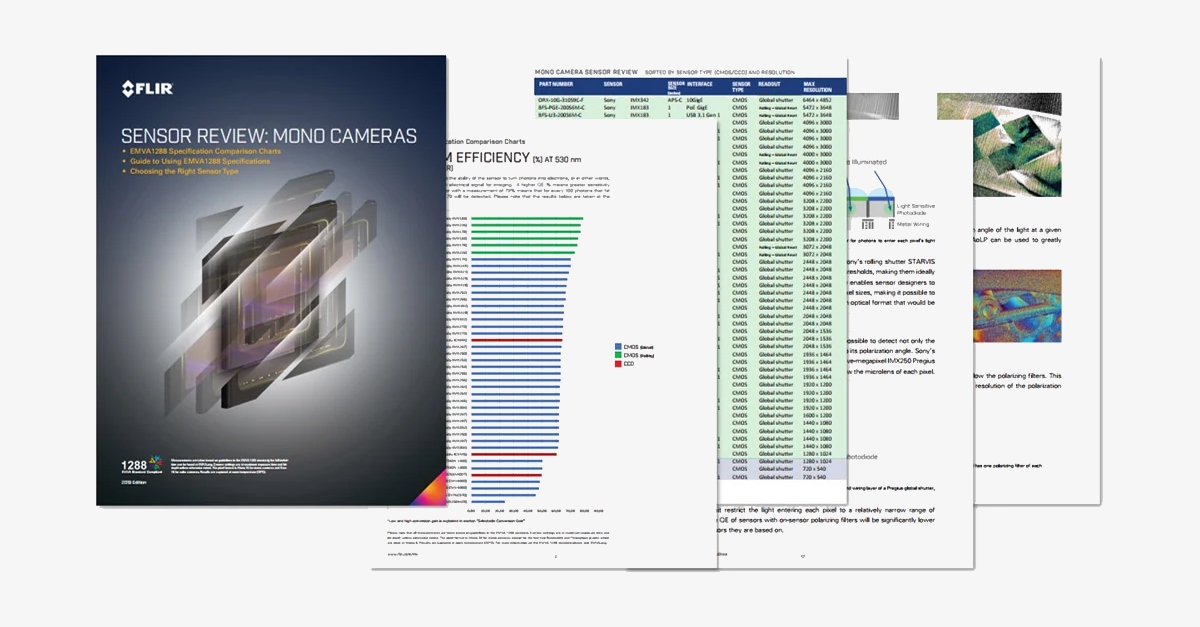
Machine Vision Sensor Review
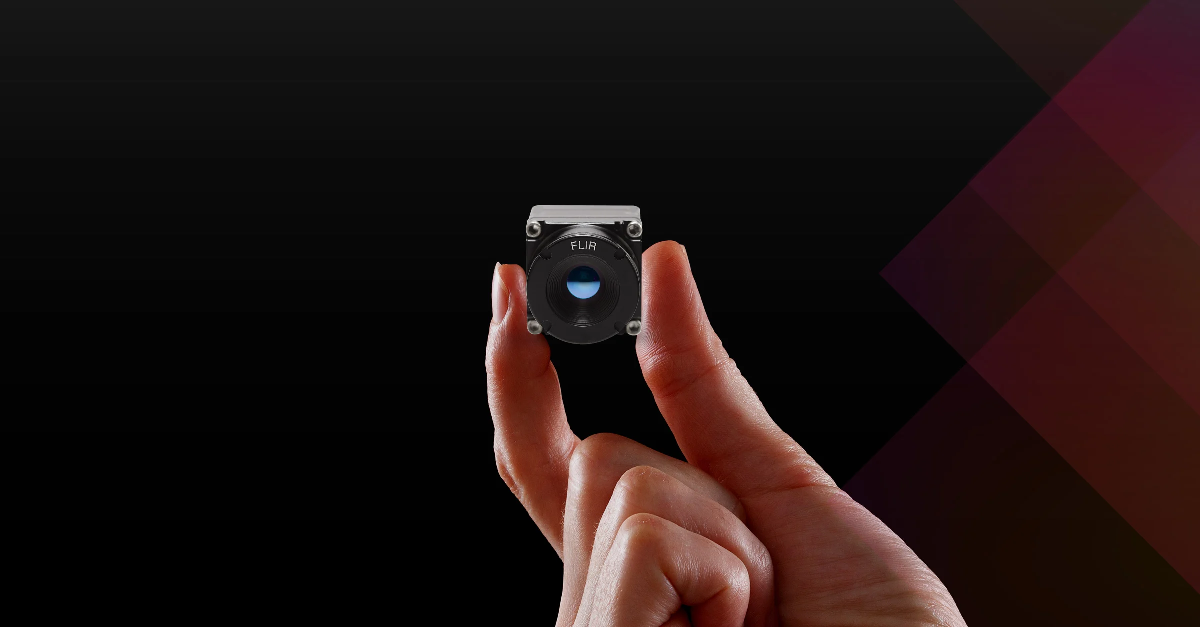
Teledyne FLIR, the Industry Leader, Launches Boson +, a Long-Wave Infrared Thermal Imager Module with an Accuracy of Less Than 20 mK

Whitepaper: IP-Based Security Convergence
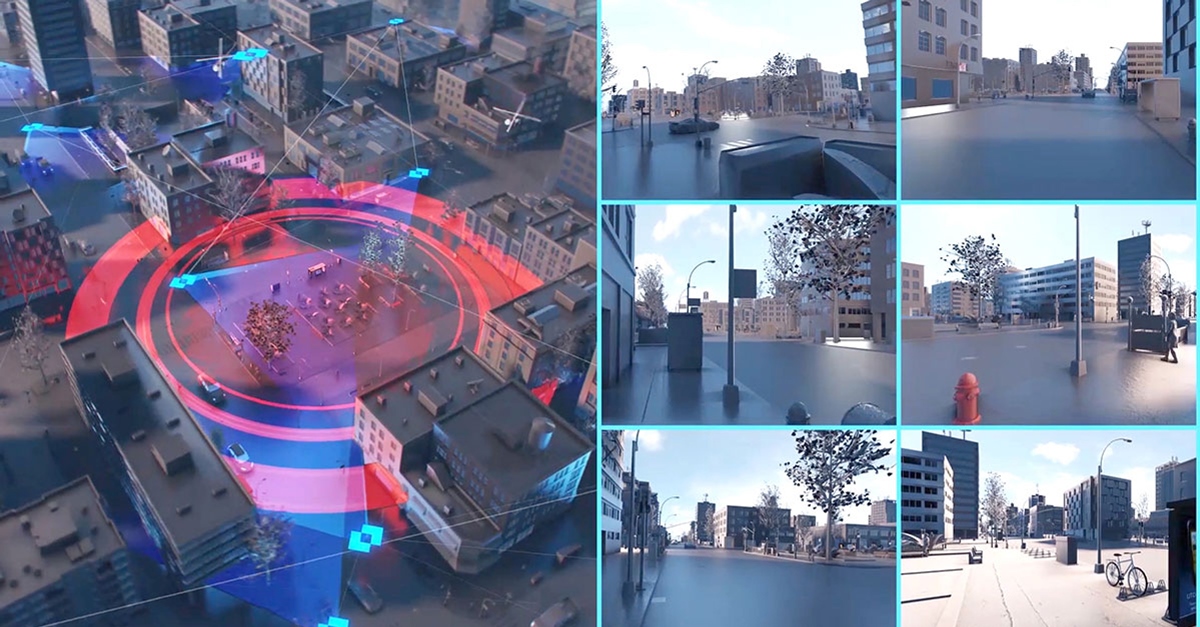
3 Technologies Transforming Safe Cities into Smart Cities

Insights from the Field: Ensuring Workplace Safety Using Thermal Camera Screening for Entry Control

Thermal Night Vision as a Force Multiplier
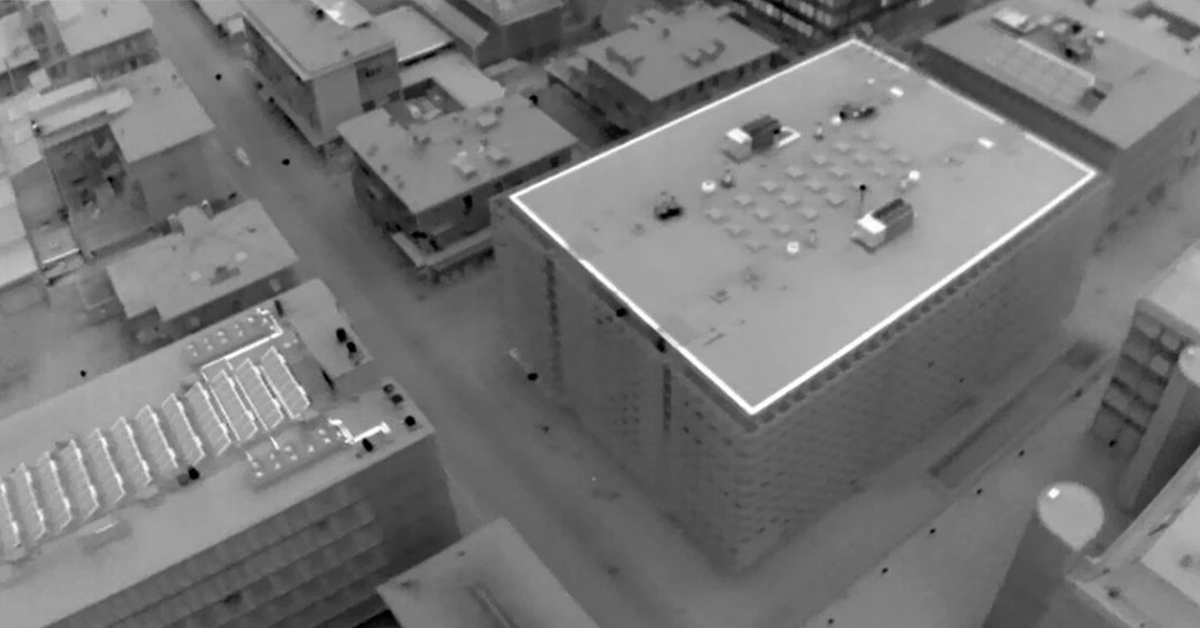
Can Thermal Imaging See Through Walls? And Other Common Questions
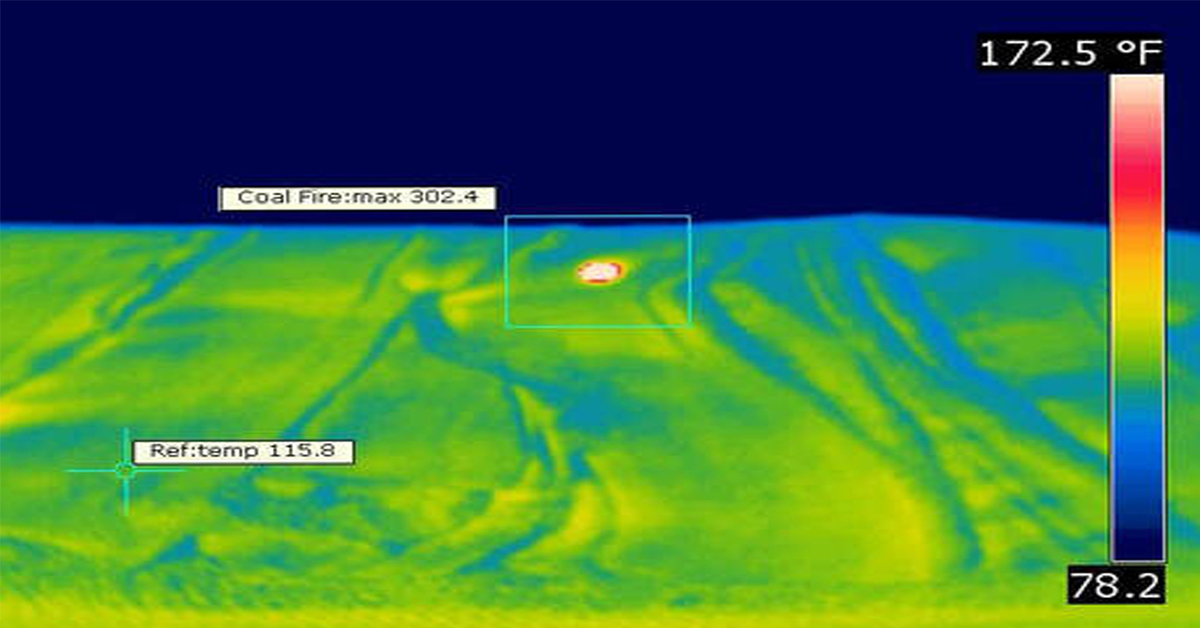
Application Spotlight: Early Fire Detection for Rapid Heat Generation

Protect Personnel and Equipment by Detecting Early Signs of Fire
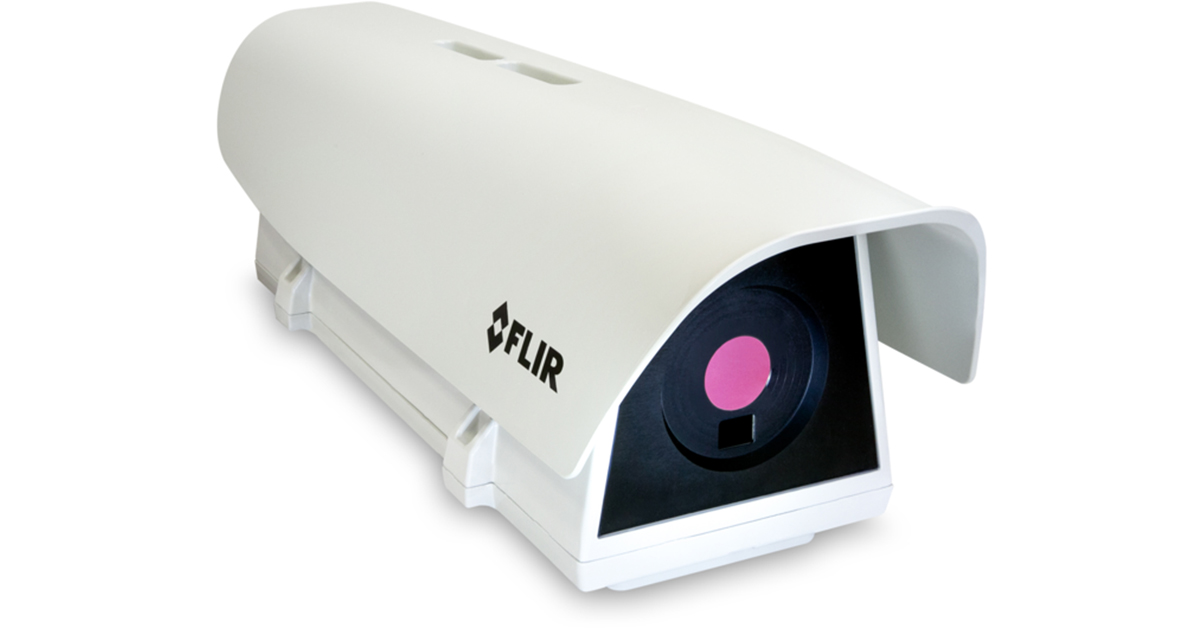
Teledyne FLIR Launches A500f/A700f Cameras for Fire Detection and Condition Monitoring
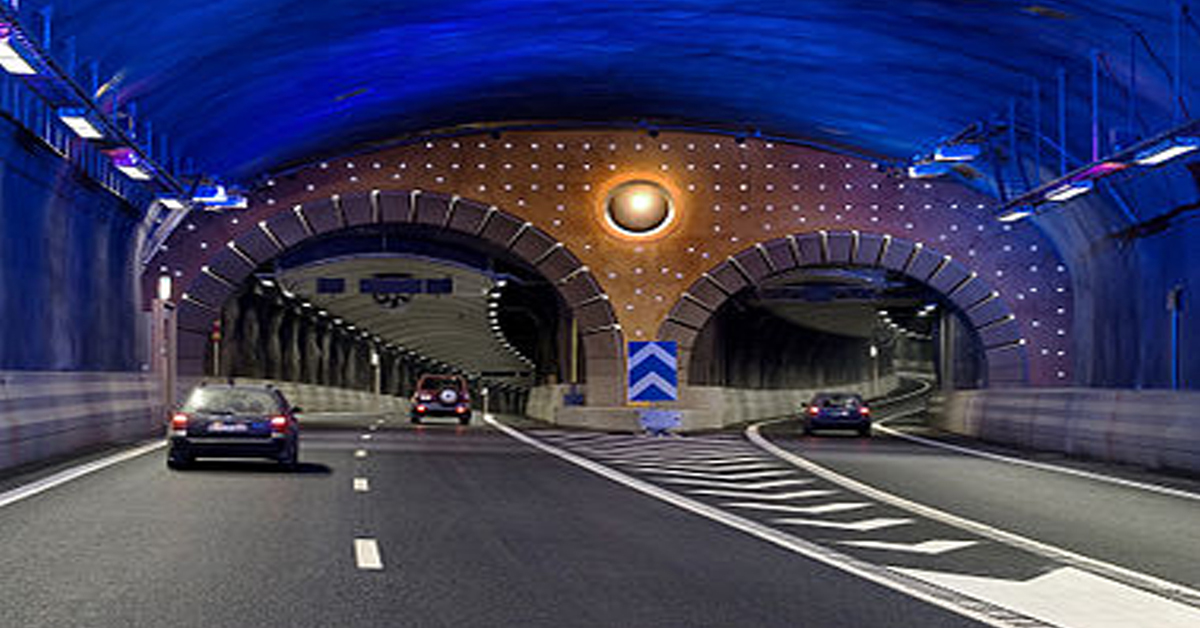
Thermal Imaging Cameras Help Guarantee Fire Safety in Tunnels
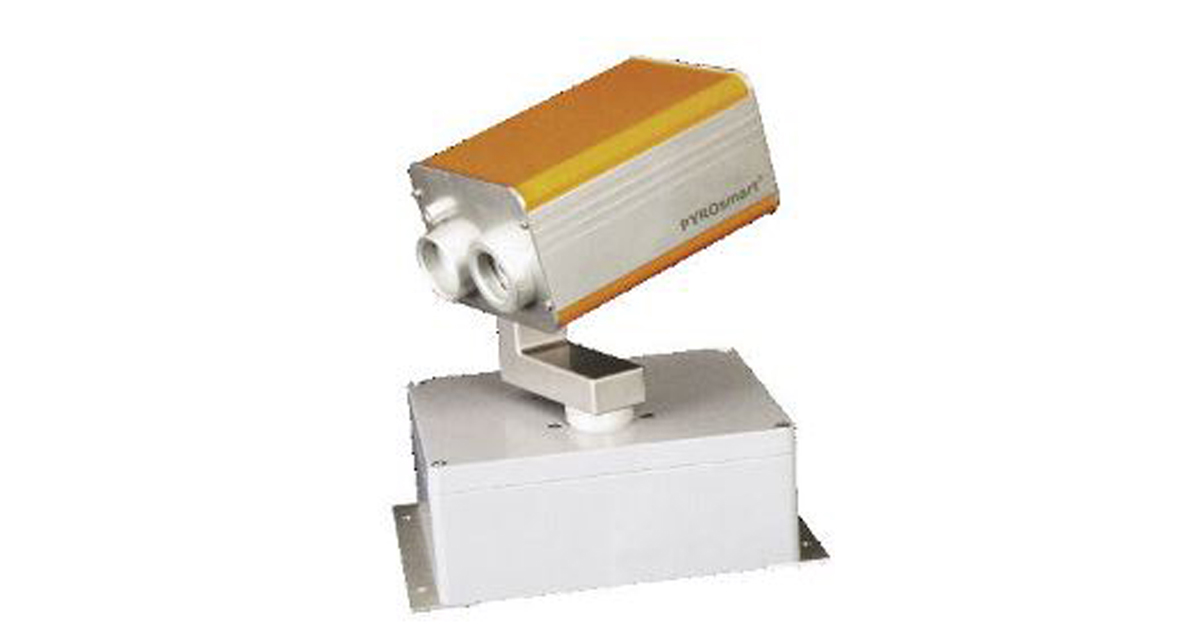
Thermal Imaging Cameras Help to Prevent Fires
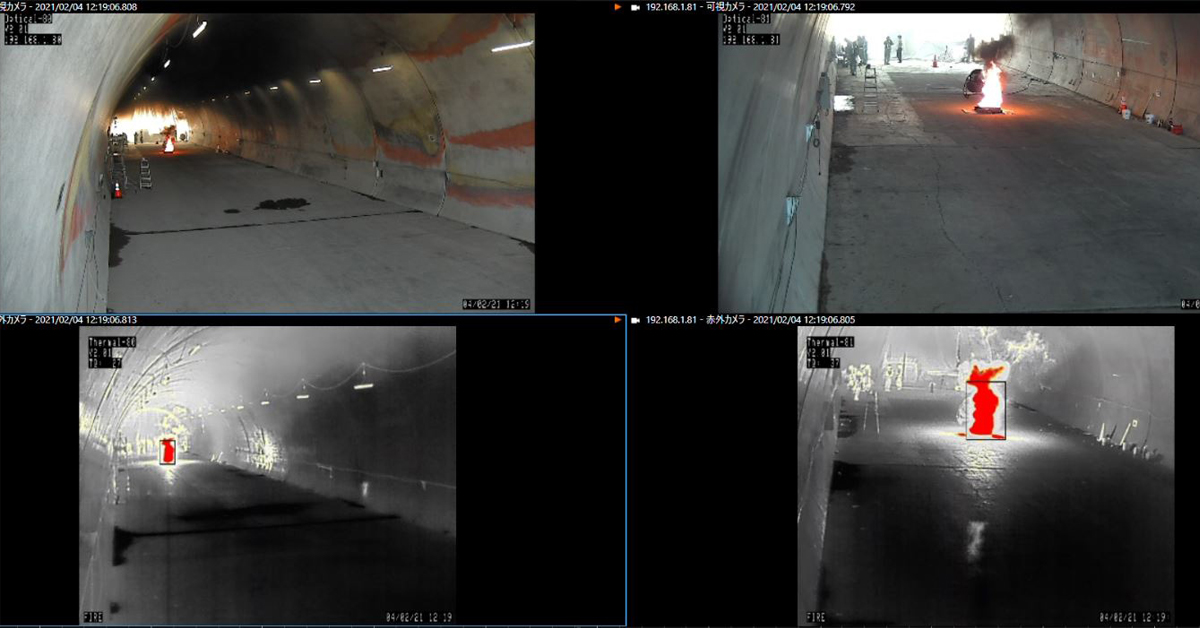
ITS-Series Dual AID Surpasses Standards for Fire Detection Systems in Japan
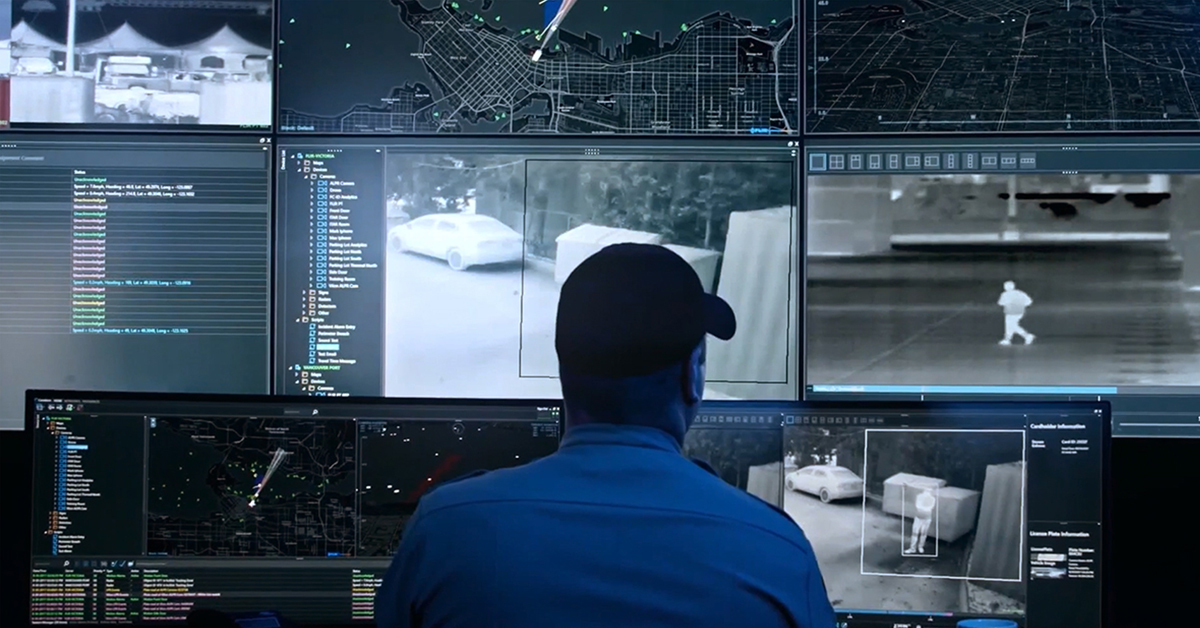
How Layering Multispectral PTZ Cameras and Radars Improve Perimeter Protection
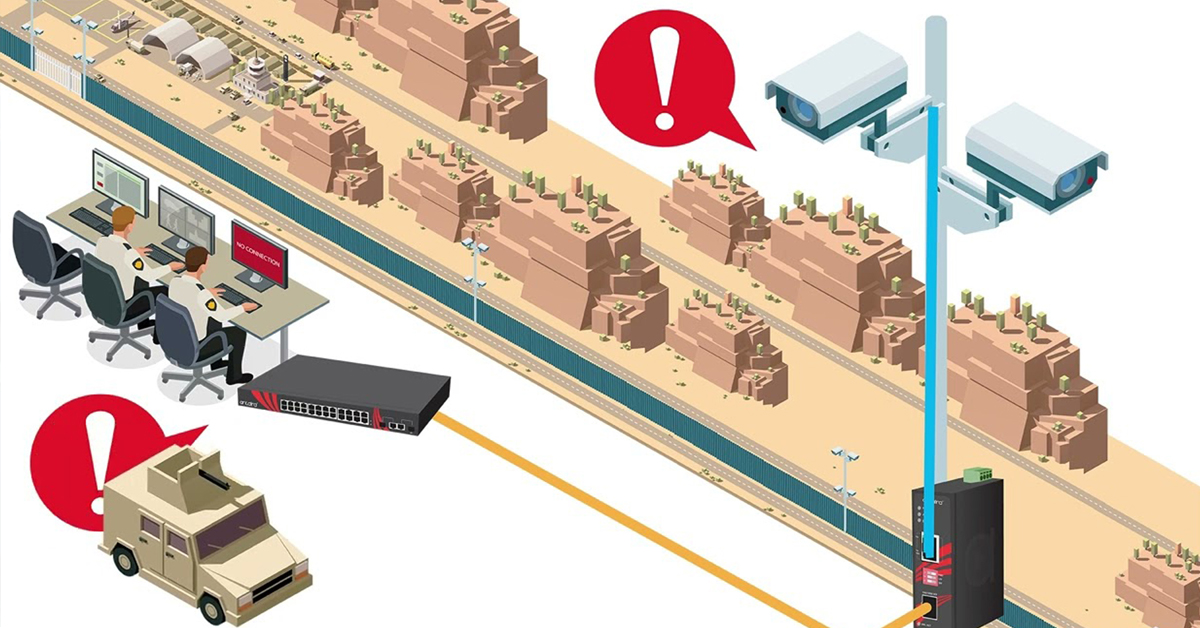
POWER REMOTE RESET TECHNOLOGY - PRRT

Why Yacht Owners are Adding Thermal Imaging Cameras to Minimise the Risk of Lithium-Ion Battery Fires?

Intelligent Transportation Systems
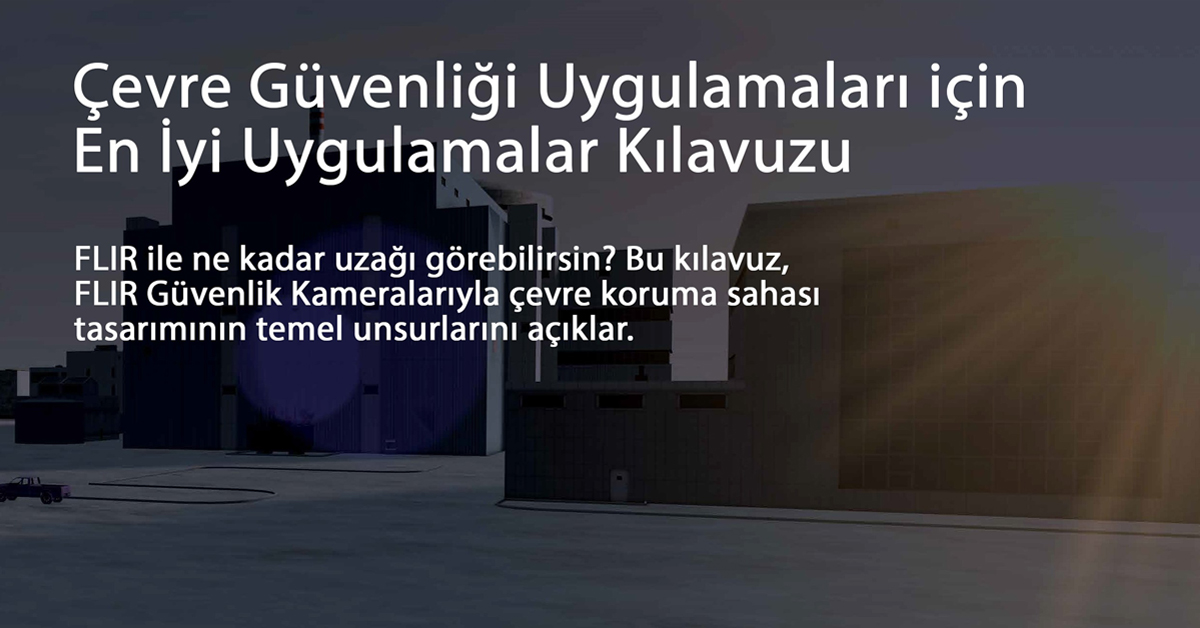
Best Practices Guide for Perimeter Security Applications

Protect Pedestrians, Bicyclists and More with Thermal Smart Sensors

White Paper: Application of Ground-Based Security Radar to Perimeter Systems

What is Thermal Leakage and How to Reduce Its Risks
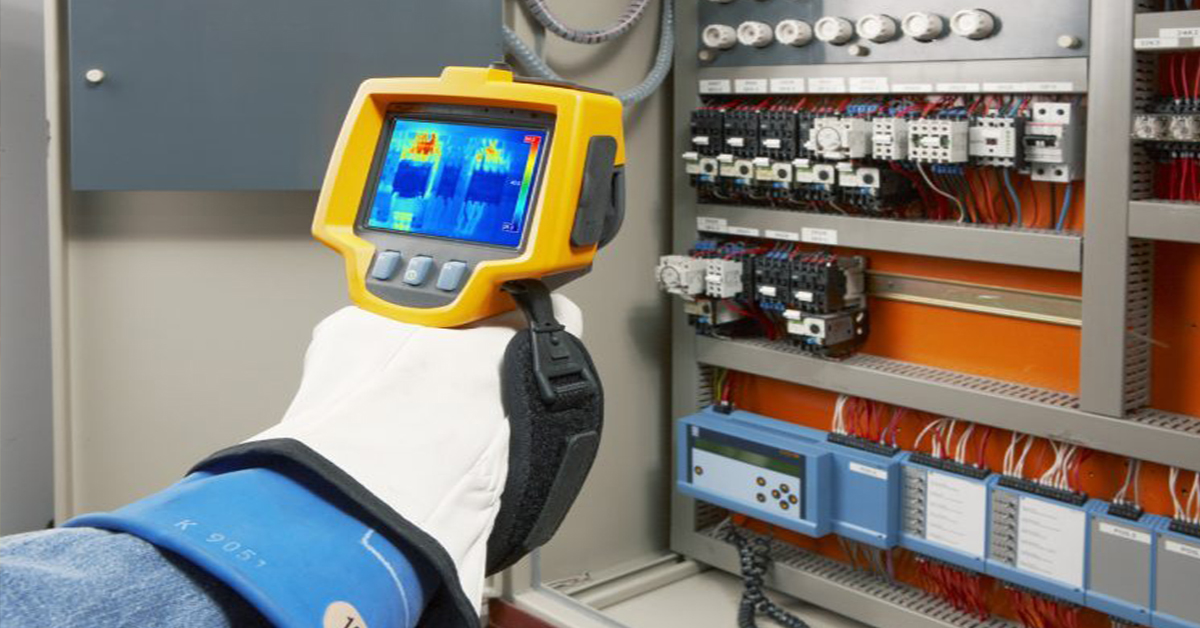
Battery Inspection Using Advanced Thermography
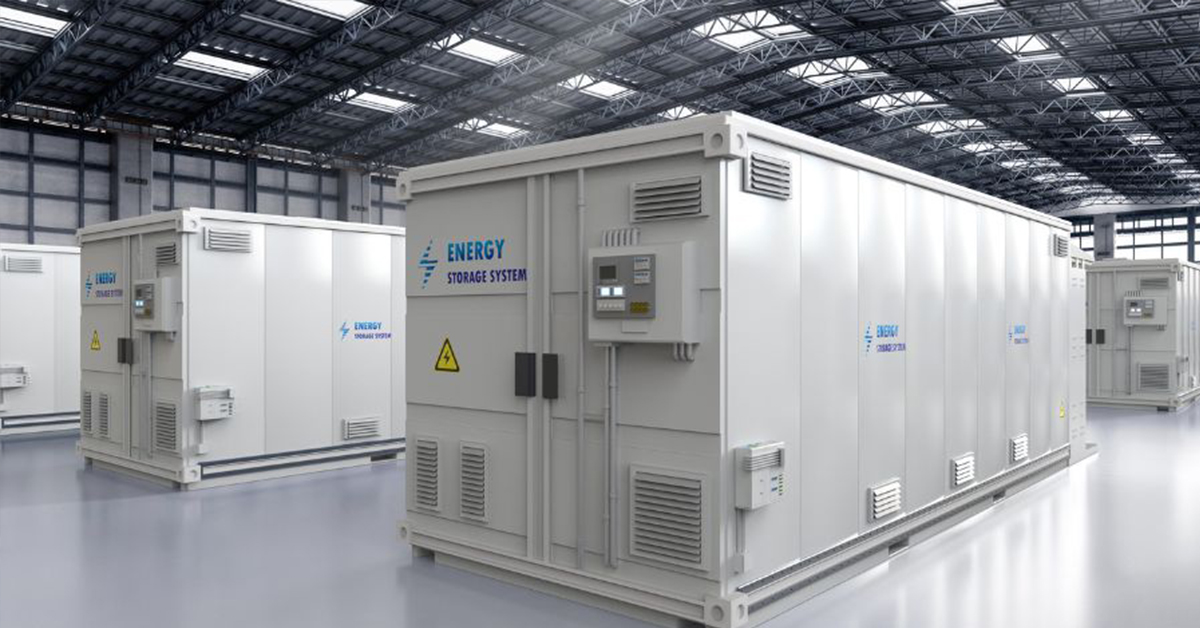
Providing ire Protection for Lithium Battery Storage
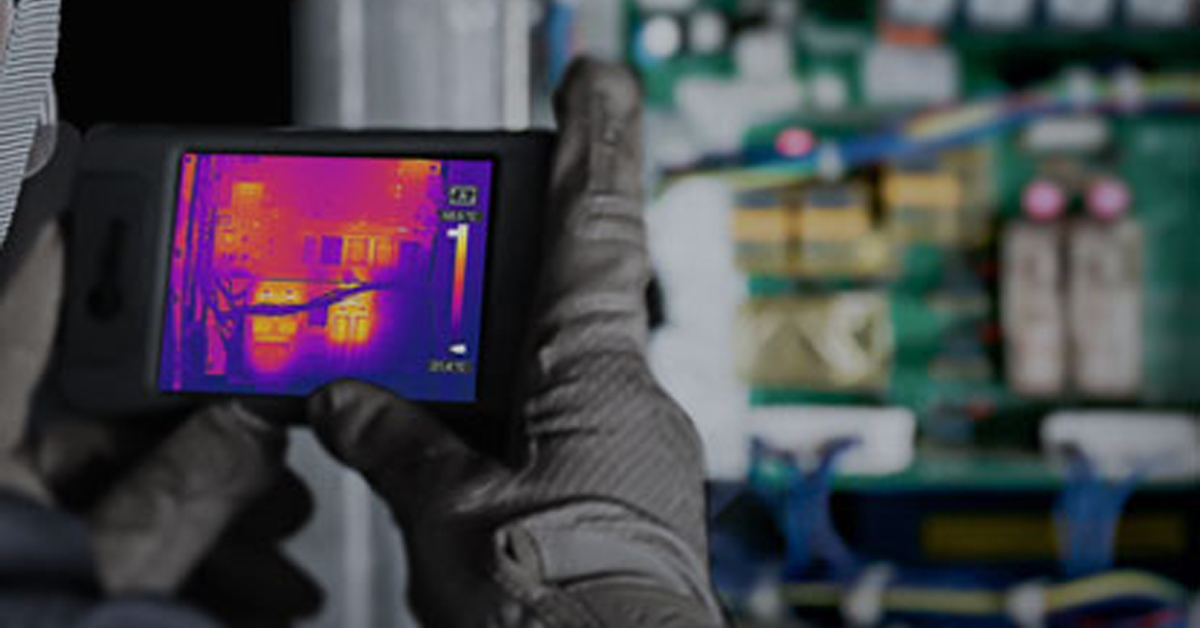
The Power of Thermal Imaging
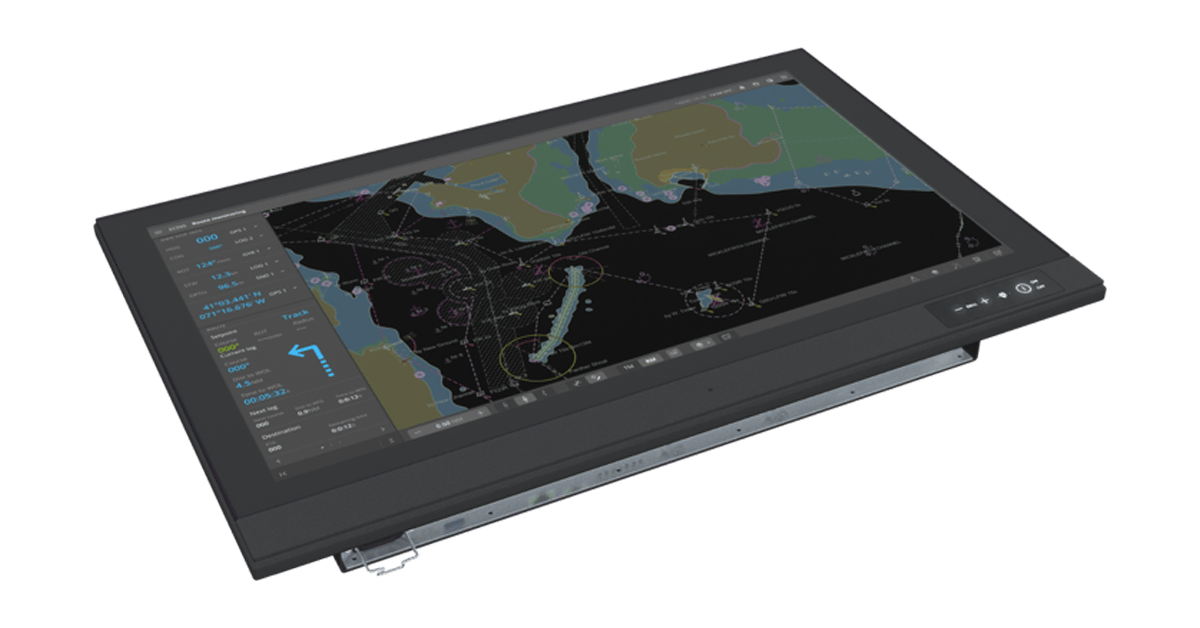
Why Panel PCs Are Perfect For Industrial Applications?

Teledyne DALSA
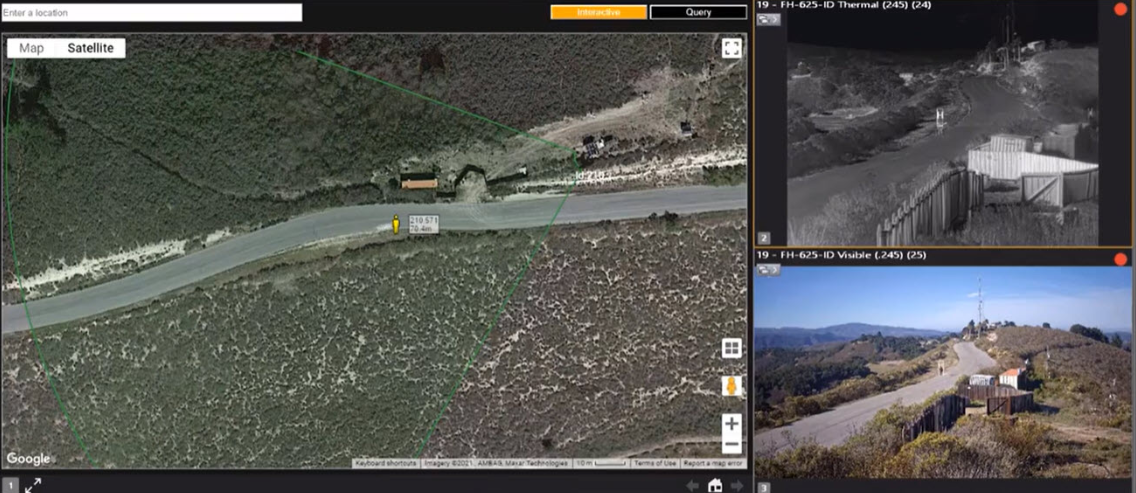
Advantages of Virtual Barrier Video Analytics for Perimeter Security Systems
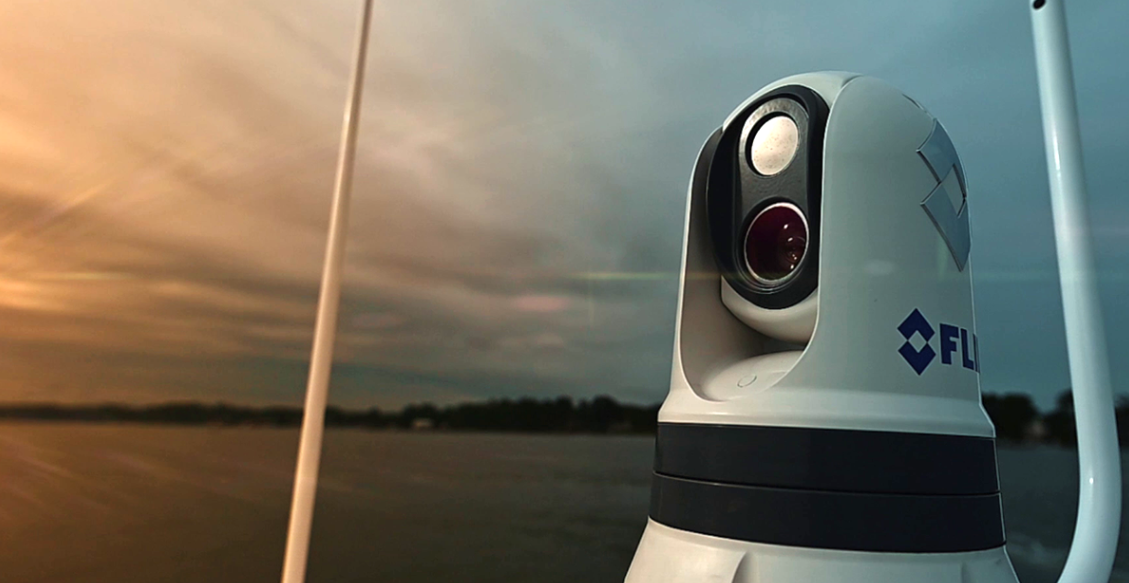

NASA Takes the Teledyne FLIR Boson Thermal Camera Module Out of this World
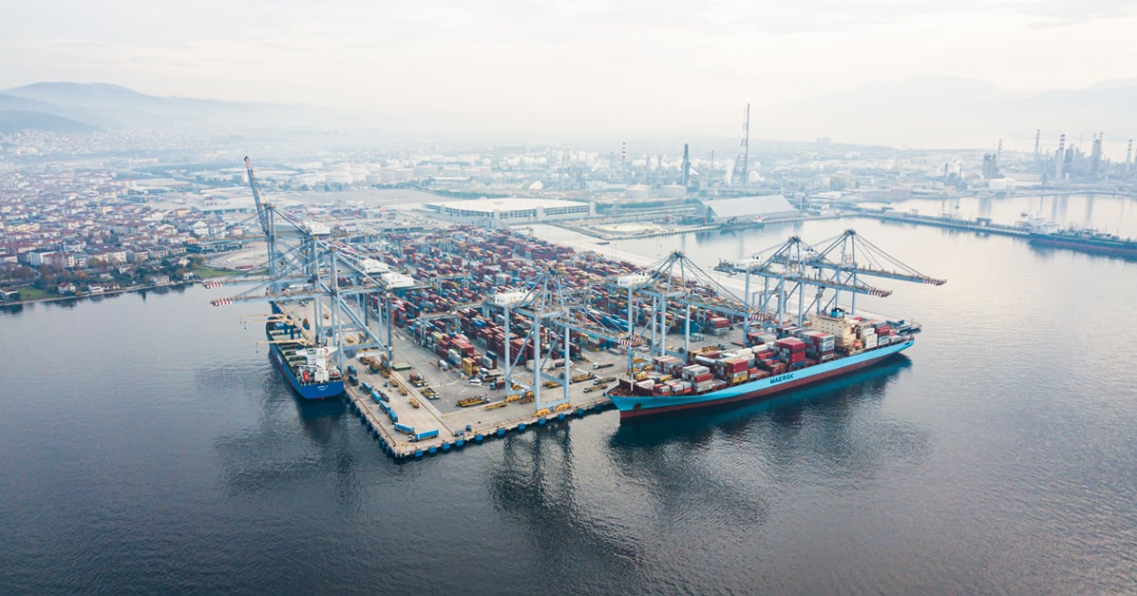
Port Security Enhancement: DP World Yarımca's Trust in FLIR Security Solutions for Effective and Safe Port Operations
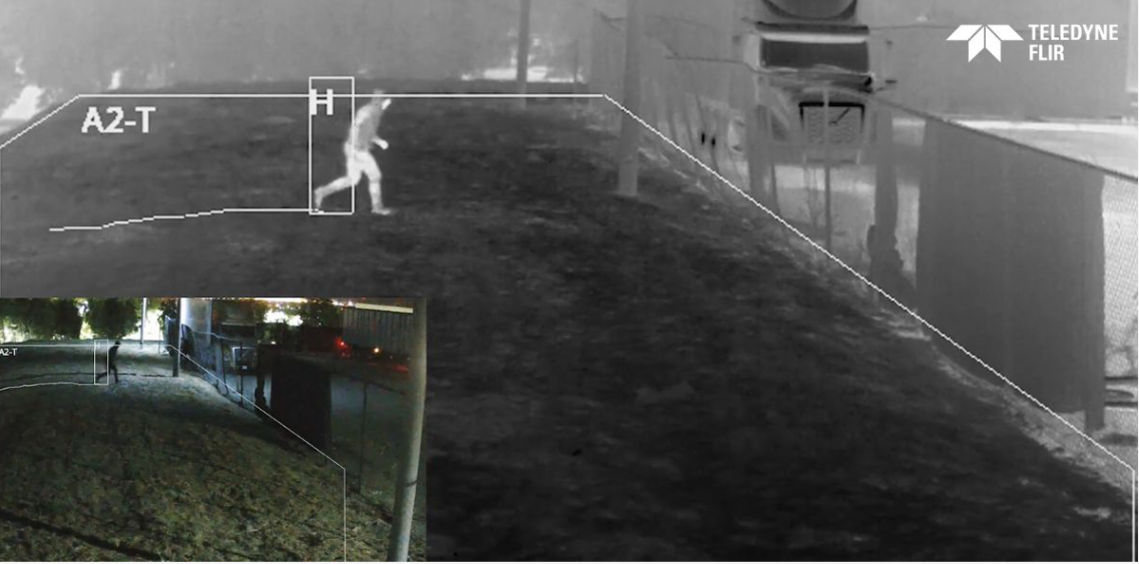
The Importance of Thermal Sensitivity (NETD) for Detection Accuracy

Bosphorus Boat Show 2025: The Meeting Point of the Maritime World
